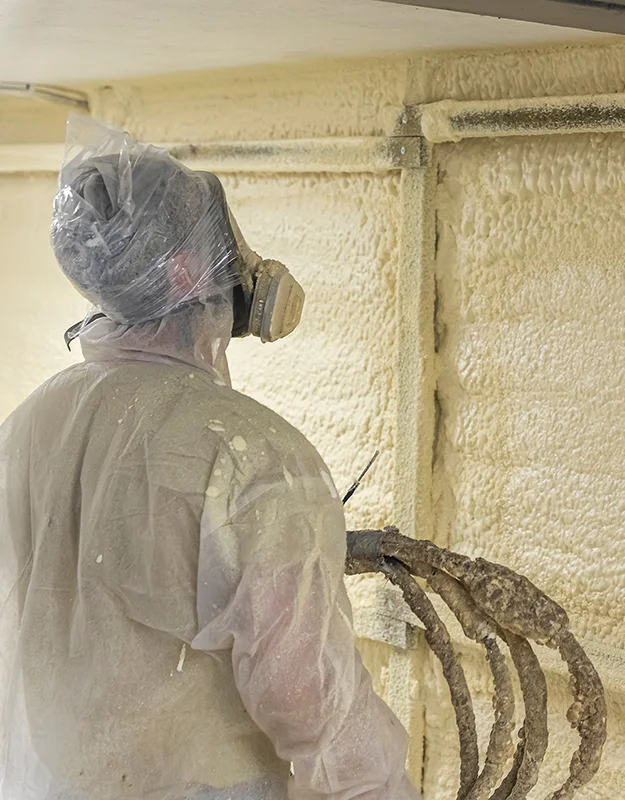Save money and enjoy life with Super Foam USA
At Super Foam USA, we believe in delivering more than just insulation—we deliver long-term comfort and savings. From initial consultation to final inspection, our team makes the process simple, fast, and tailored to your space. Whether you're considering open cell spray foam insulation or a more rigid closed cell spray foam insulation, we’ll help you choose the right type for your goals and budget.

01. 15 Min Phone Consultation
Schedule a FREE comprehensive consultation with our expert insulation specialist. You will learn how we can help you.

02. Comprehensive Inspection
Get detailed analysis and recommendations of every square inch of your house to see where any potential problems are.

03. Removal and Preparation
The next step is the removal and preparation, where we come to your property and remove any existing insulation if necessary.

04. Insulation Process
This is where the magic begins; our insulation experts ensure the solution is mixed perfectly and properly applied to areas poorly insulated.

05. Post Application Cleaning
Our team takes pride in leaving every job site clean and safe. We take extra care to clear away debris and hazards after project completion.
Both open cell and closed cell spray foam insulation offer excellent performance—but for different needs. Closed cell foam is denser, more rigid, and has a higher R-value, making it ideal for outdoor or high-moisture areas. Open cell foam is lighter, more flexible, and perfect for indoor use where soundproofing is a bonus.

Closed Cell Insulation
Our closed cell spray foam insulation is engineered for superior performance in demanding environments. Thanks to its dense structure, it acts as both a thermal barrier and a moisture sealant, making it an excellent choice for basements, crawl spaces, attics, garages, and commercial buildings throughout Falls Church, VA and the broader Northern Virginia region.
One of the biggest advantages is its high R-value, which provides excellent thermal resistance per inch. This means your space stays cooler in the summer and warmer in the winter—with lower energy bills year-round. It also adds structural integrity to walls and roofs, which makes it ideal for projects that need both insulation and added durability.
For property owners looking for a long-lasting, high-efficiency solution, closed cell insulation spray is hard to beat. It helps prevent mold, blocks air leaks, and stands up to harsh weather conditions. Whether you're renovating a warehouse or upgrading your home's crawl space, this is the go-to foam for insulation when performance matters most.
Open Cell Insulation
If you're looking for a more affordable insulation option that still delivers great energy efficiency, open cell spray foam insulation might be the perfect fit. This low-density foam expands significantly after application, allowing it to easily fill gaps, nooks, and hard-to-reach areas—especially in walls and ceilings.
While its R-value is lower than that of closed cell foam, open cell insulation offers excellent soundproofing and air sealing, making it popular for interior applications in homes and light commercial spaces. It’s especially useful in remodeling projects or new construction where airflow control and noise reduction are priorities.
Homeowners in Falls Church, VA, as well as in nearby communities like Fairfax, Arlington, and Alexandria, often choose open cell foam for bedrooms, living areas, and between floors. It’s a flexible solution that balances performance and budget—and it’s installed by our experienced spray foam insulation contractors who know exactly how to optimize your indoor comfort.
